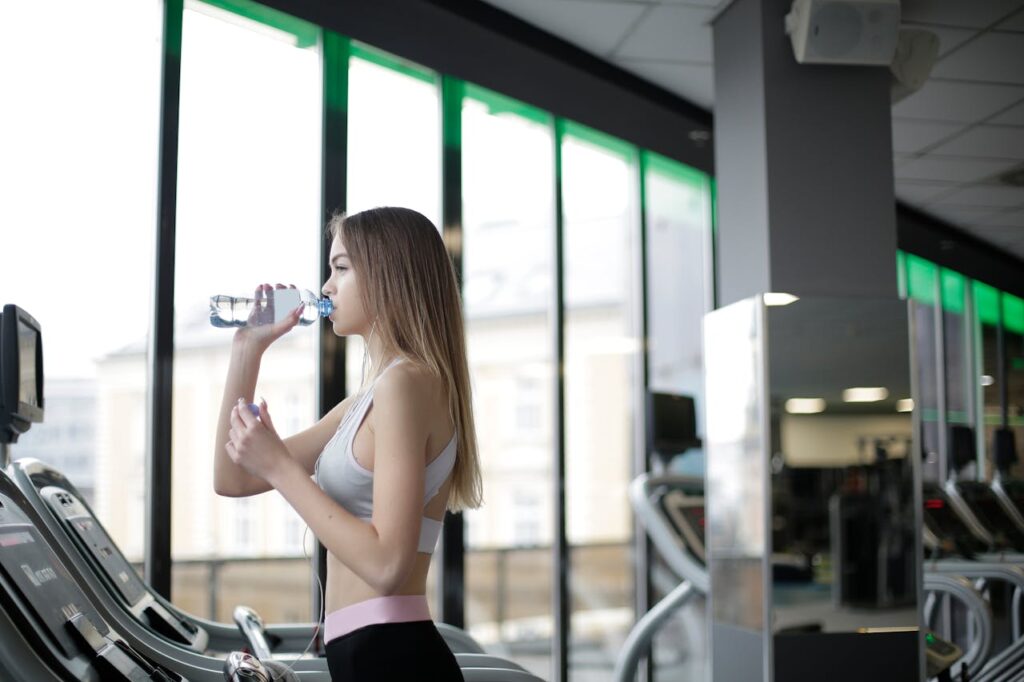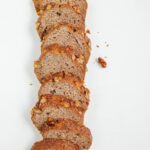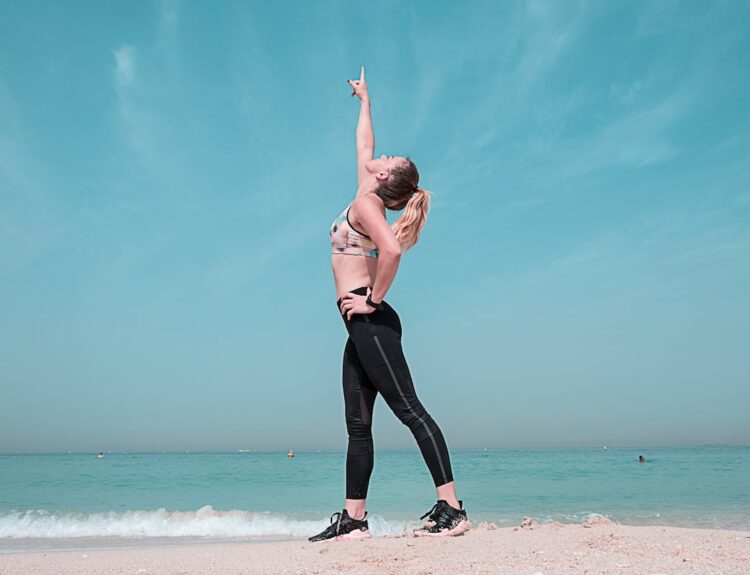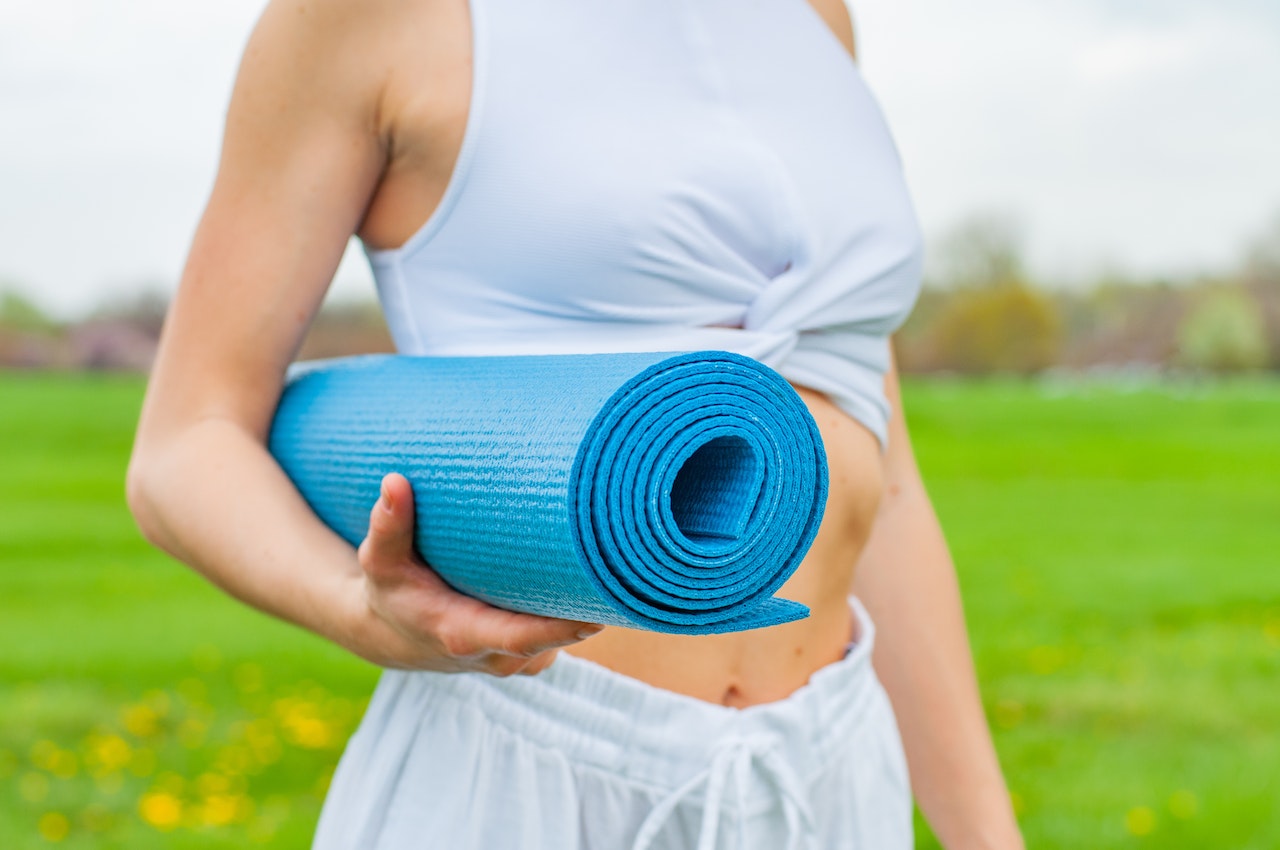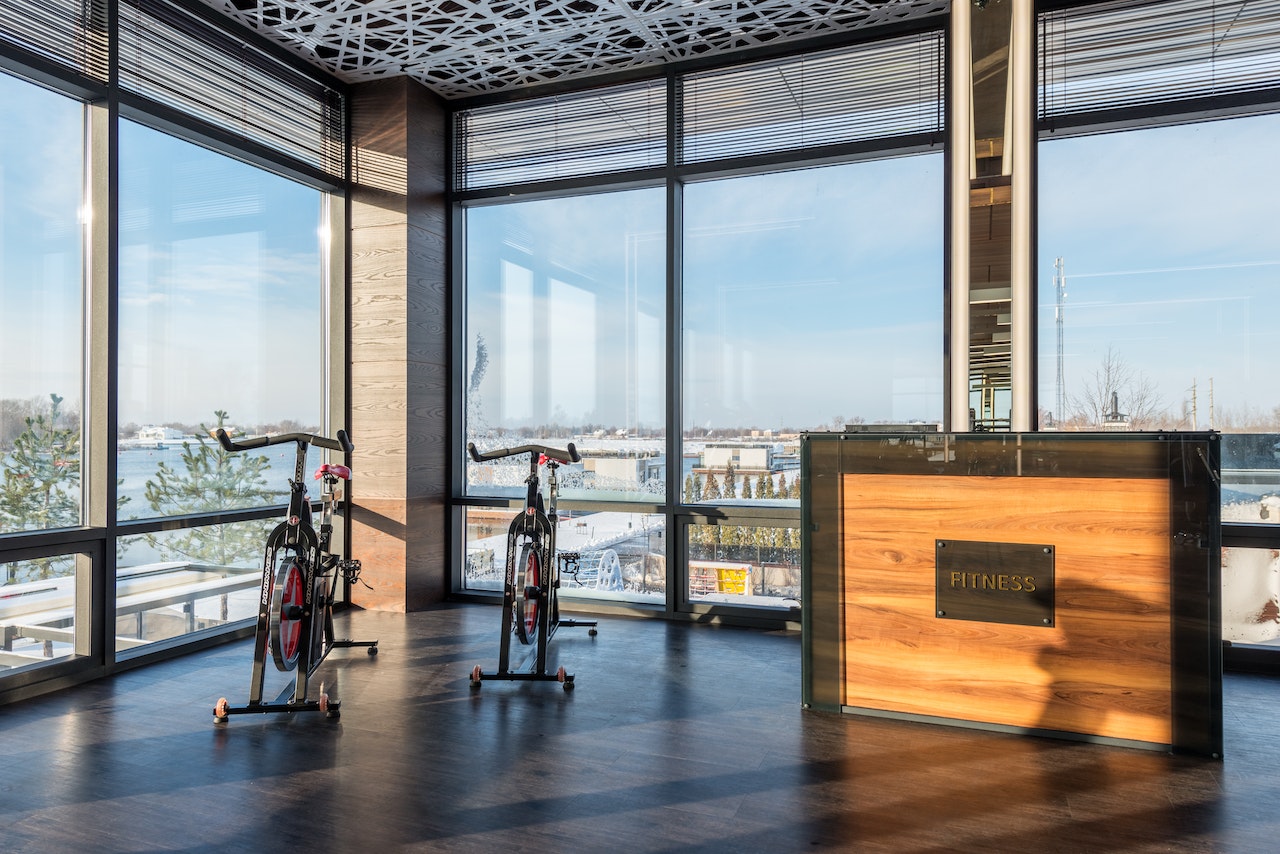Working out with a sinus infection can feel like a tough decision. Should you push through and stay active, or is it better to let your body rest and recover? Sinus infections bring symptoms like congestion, headaches, and fatigue, making it difficult to know when exercise will help or hinder your recovery. While some forms of physical activity may alleviate certain symptoms, others can worsen your condition. Learning how to manage your health while staying active is crucial to getting back on track faster.
Is working out with a sinus infection safe? Learn when to rest and how to stay active without worsening your symptoms.
In this article:
- Sinus Infections and Symptoms
- When It’s Safe to Exercise with a Sinus Infection
- Best Types of Exercise to Do with a Mild Sinus Infection
- Exercises to Avoid During a Sinus Infection
- How to Speed Up Recovery While Staying Active
Sinus Infections and Symptoms
A sinus infection, or sinusitis, occurs when the tissue lining the sinuses becomes inflamed. When fluid blocks the sinuses, bacteria, viruses, or fungi can grow, leading to an infection. Sinus infections, particularly during cold and flu seasons, are common and can vary from mild to severe.
There are two main types of sinus infections: acute and chronic. Acute sinusitis typically lasts less than four weeks and is often triggered by cold or seasonal allergies. Chronic sinusitis, in contrast, persists for more than 12 weeks despite treatment.
Common symptoms of a sinus infection include:
- Nasal congestion or blocked nasal passages
- Thick yellow or green nasal discharge
- Facial pain or pressure, especially around the forehead, cheeks, and eyes
- Headache or pain in the upper teeth
- Sore throat, postnasal drip, or cough
- Fatigue and difficulty sleeping due to breathing issues
- Reduced sense of smell and taste
These symptoms can complicate daily activities, including exercise. While mild sinus infections might allow for some physical activity, more severe symptoms, such as facial pain, headaches, and fatigue, can be exacerbated by exercise.
WHEN IT’S SAFE TO EXERCISE WITH A SINUS INFECTION
Exercising with a sinus infection can be tricky, but in some cases, it is safe and even beneficial. The key is to assess the severity of your symptoms and choose the appropriate intensity for your workout.
If your symptoms are mild and limited to the upper respiratory tract—often referred to as “above the neck”—you can likely continue with light exercise. These symptoms may include a runny or stuffy nose, sneezing, or a mild headache.
However, avoid high-intensity cardio or strenuous exercises, as these can increase inflammation and make it harder for your body to fight the infection. Always stay hydrated, as dehydration can worsen sinus congestion and other symptoms.
If you experience a sinus infection accompanied by fever, chest congestion, fatigue, or body aches, prioritize rest. Exercising under these conditions may strain your immune system and delay your recovery.
BEST TYPES OF EXERCISE TO DO WITH A MILD SINUS INFECTION
If you have a mild sinus infection but still want to stay active, choose low-intensity exercises that won’t strain your body excessively. Exercising while mildly sick can help improve circulation, ease sinus pressure, and lift mood. However, listen to your body and avoid high-intensity workouts. Here are some of the best types of exercise to consider:
- Walking: A light, steady walk can stimulate blood flow without overexertion. Walking outdoors can also help clear nasal passages with fresh air. Aim for a relaxed pace and avoid brisk walking or inclines that could elevate your heart rate too much.
- Gentle Yoga: Yoga offers a fantastic balance of light movement and relaxation. Focus on breathing exercises (pranayama) and gentle poses to help relieve sinus congestion and promote relaxation without tiring your body.
- Stretching: Simple stretches can enhance flexibility and circulation without placing undue stress on your system. Incorporate gentle stretches to stay active while minimizing exertion.
- Low-Intensity Cycling: For those who prefer more movement, stationary cycling at a low pace is a suitable option. Avoid vigorous efforts and stick to a comfortable, easy ride to maintain activity without overstraining your body.
EXERCISES TO AVOID DURING A SINUS INFECTION
Here are some exercises to avoid when dealing with a sinus infection:
- High-Intensity Cardio: Running, HIIT (high-intensity interval training), or vigorous cycling can overly tax your body. These workouts increase your heart rate, demand more oxygen, and can cause shortness of breath, especially if you’re dealing with nasal congestion or chest discomfort. Strenuous cardio may also lead to dehydration, further exacerbating your symptoms.
- Weightlifting or Strength Training: Lifting heavy weights or engaging in strength training exercises can increase sinus pressure, particularly in the head and face.
- Team Sports or Contact Sports: Sports like basketball, volleyball, or baseball require intense physical exertion and fast-paced movements, which can be too demanding for someone with a sinus infection. Your energy levels may also be lower, making you more prone to injury.
- Inversions in Yoga: Inverted yoga poses, such as headstands or downward-facing dogs, can cause blood to rush to your head, intensifying sinus pressure and headaches. When feeling unwell, it’s best to focus on more restorative yoga poses.
HOW TO SPEED UP RECOVERY WHILE STAYING ACTIVE
Light activities can boost circulation and help relieve congestion, but avoiding overexertion is essential, as it can prolong your recovery.
Prioritize quality rest and sleep because they are vital for your immune system to combat the infection. While it’s beneficial to stay active, intense workouts can strain your body and necessitate more rest.
Staying hydrated is also crucial. Drinking plenty of water helps thin mucus and clear nasal passages, alleviating discomfort associated with sinus infections. Proper hydration aids in flushing out toxins and maintaining your energy levels, which is essential even when engaging in light physical activity. Herbal teas and broths can further soothe your throat and increase overall hydration.
Eating a diet rich in nutrients supports your immune system and aids recovery. Incorporate foods high in vitamin C, like citrus fruits, and anti-inflammatory ingredients like ginger and turmeric, which can help reduce inflammation and congestion.
A humidifier can also be beneficial, as moist air helps soothe inflamed sinus passages and makes light exercise more comfortable.
_____
Working out with a sinus infection can be a tricky decision. While light exercise may improve circulation and help relieve mild congestion, listening to your body and avoiding overexertion is essential. If your body signals the need for rest, it’s best to take a break and allow yourself time to fully recover before returning to your regular workout routine.
This post may contain affiliate links. You can read the affiliate disclosure here.



